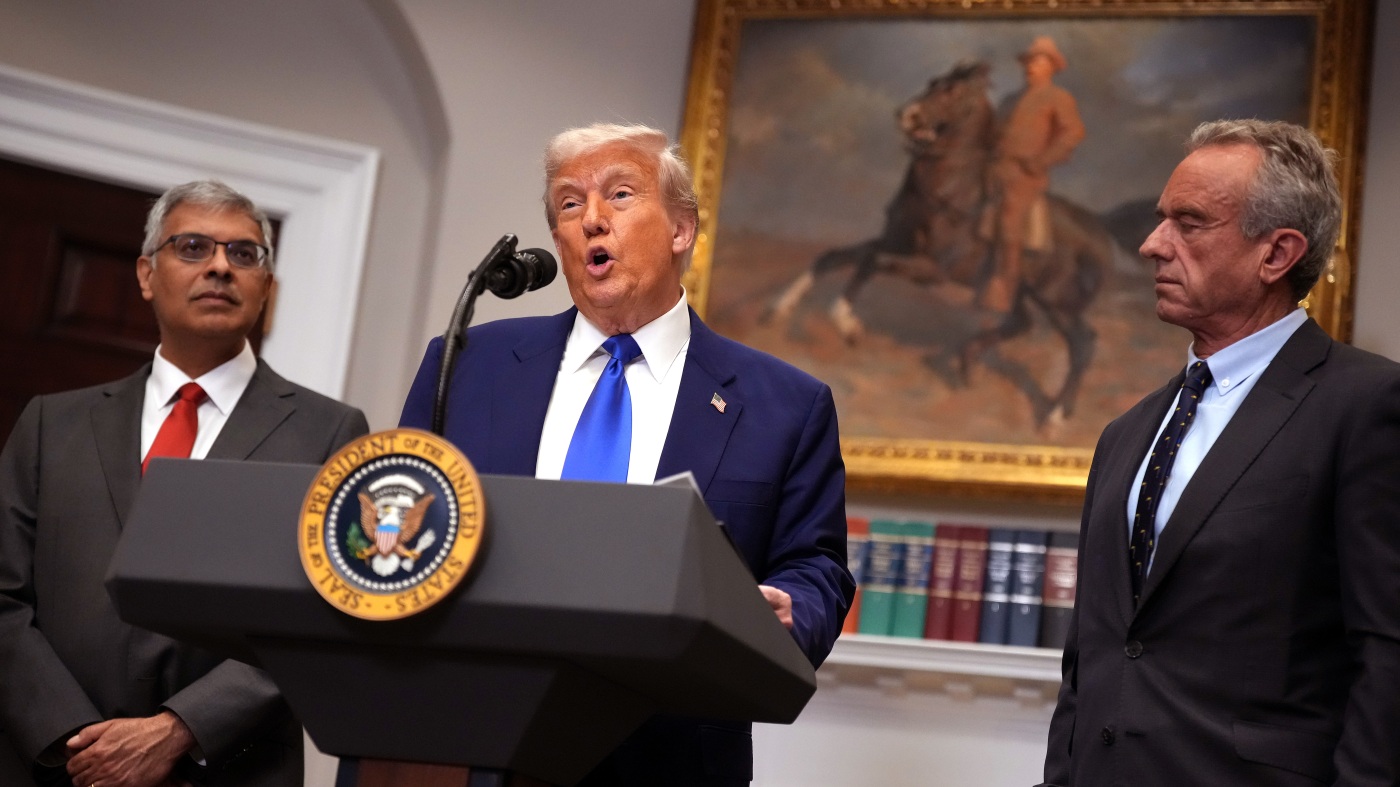Trump’s Executive Order on Drug Prices: A Comprehensive Analysis
Introduction
In a move that has stirred both hope and doubt, President Trump’s executive order targeting drug prices has taken center stage. This order, designed to link U.S. drug prices with those in other developed nations, represents a significant pivot in healthcare policy. The potential ripple effects on the pharmaceutical industry and healthcare costs are profound, but the path to implementation and the ultimate effectiveness of this policy remain shrouded in uncertainty.
The Most Favored Nation Pricing Policy
At the heart of Trump’s executive order lies the Most Favored Nation (MFN) pricing policy. This strategy seeks to anchor U.S. drug prices to the lower rates paid in countries with government-run health systems. The goal is to harness the purchasing power of the U.S. government to negotiate more favorable drug prices, potentially saving billions for Medicare and other government programs.
The MFN policy is not a novel concept; it was initially proposed during Trump’s first term but encountered substantial resistance and legal hurdles. The current order revives this policy, with the administration warning of mandatory price reductions if drug manufacturers do not voluntarily comply. The order stipulates a 30-day window for drugmakers to voluntarily lower their prices, after which the administration will propose a rulemaking plan to enforce the MFN pricing.
Potential Impact on Drug Prices
The potential impact on drug prices is nothing short of transformative. The order specifies discounts ranging from 79% for diabetes medication Januvia to 38% for the blood cancer drug Imbruvica. However, the precise reduction in prices for patients is still up in the air. Trump’s assertions of price cuts ranging from 59% to 90% are bold but lack specific details on how these reductions will be realized and sustained.
Additionally, the order includes measures to boost the availability of generics and biosimilars, which can be up to 80% cheaper than their brand-name counterparts. This initiative could further drive down drug prices and foster competition in the market, ultimately benefiting patients and taxpayers.
Implementation Challenges
Despite the promise of lower drug prices, the MFN policy faces significant implementation hurdles. The pharmaceutical industry is likely to mount a vigorous opposition, citing concerns over innovation and potential job losses. Legal challenges are also anticipated, as the industry may argue that the policy infringes on their pricing autonomy and intellectual property rights.
Moreover, the success of the order hinges on the voluntary compliance of drug manufacturers. If companies refuse to lower prices, the administration will need to follow through on its threats to impose prices through rulemaking. This process could be protracted and contentious, potentially delaying the benefits of the policy.
Political and Economic Implications
The political and economic ramifications of Trump’s executive order are vast. For Trump, this move is a strategic gambit to address a critical issue for voters in an election year. Lowering drug prices could enhance his popularity and sway voters concerned about healthcare costs. However, the policy’s success or failure could also influence his legacy, depending on how effectively it is implemented and the outcomes it achieves.
Economically, the policy could have profound implications for the pharmaceutical industry. Companies may face reduced revenues and profits, potentially leading to job cuts and diminished investment in research and development. Conversely, the policy could stimulate innovation in the sector, as companies explore new ways to differentiate their products and maintain profitability.
The Pharmaceutical Industry’s Response
The pharmaceutical industry’s reaction to the executive order is likely to be multifaceted. Companies may initially resist, citing the need for innovation and the high costs of drug development. However, some may see an opportunity to negotiate better terms or explore new business models that align with the MFN policy.
The industry could also lobby for amendments to the policy, seeking to mitigate its impact on their operations. This could involve negotiations with the administration or legal challenges aimed at shaping the policy’s implementation. The outcome of these efforts will be crucial in determining the policy’s ultimate success.
Public and Patient Perspectives
From the public and patient perspectives, the executive order holds significant promise. Lower drug prices could alleviate financial burdens, making essential medications more accessible. Patients with chronic conditions, in particular, stand to benefit from reduced costs, improving their quality of life and health outcomes.
However, public and patient advocacy groups will need to remain vigilant, ensuring that the policy is implemented fairly and that the benefits are passed on to those who need them most. Their involvement could also help shape the policy’s evolution, ensuring it addresses the diverse needs of the population.
International Comparisons
Comparing the U.S. drug pricing system with those in other countries provides valuable insights. Countries like Canada and many in Europe have successfully implemented price controls and negotiations, resulting in lower drug prices. These models could offer lessons for the U.S., highlighting best practices and potential pitfalls.
However, the U.S. market is unique, with a strong emphasis on innovation and a complex healthcare system. Any policy must be tailored to these specifics, balancing the need for affordability with the imperative to foster innovation and maintain a robust pharmaceutical industry.
Conclusion: A New Era in Drug Pricing?
The executive order on drug prices signals a pivotal shift in U.S. healthcare policy. By aligning drug prices with those in other countries, the administration aims to reduce costs and enhance affordability for patients. However, the policy’s success will hinge on various factors, including the industry’s response, legal challenges, and the administration’s ability to enforce the policy.
The coming months will be pivotal in shaping the fate of this policy. If executed effectively, it could herald a new era of drug pricing, benefiting patients and taxpayers alike. Conversely, if it encounters insurmountable obstacles, it could become another chapter in the intricate and contentious history of U.S. healthcare policy. The journey ahead is fraught with challenges, but the potential rewards are immense, making this a watershed moment in the ongoing quest for affordable and accessible healthcare.

